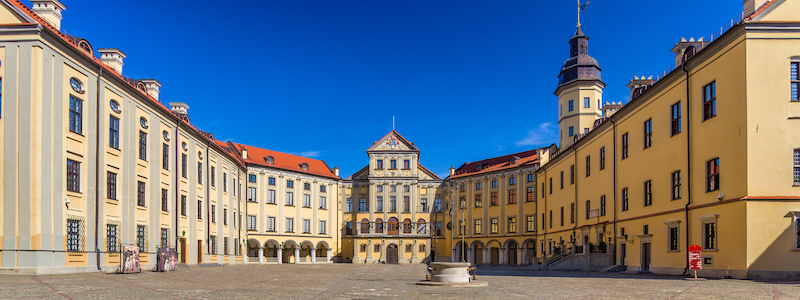The construction of Nesvizh Castle began in the 16th century and was completed in the early 17th century. Prince N.Kh. Radziwill initiated the construction, envisioning a majestic fortified castle fit for the status of his illustrious family.
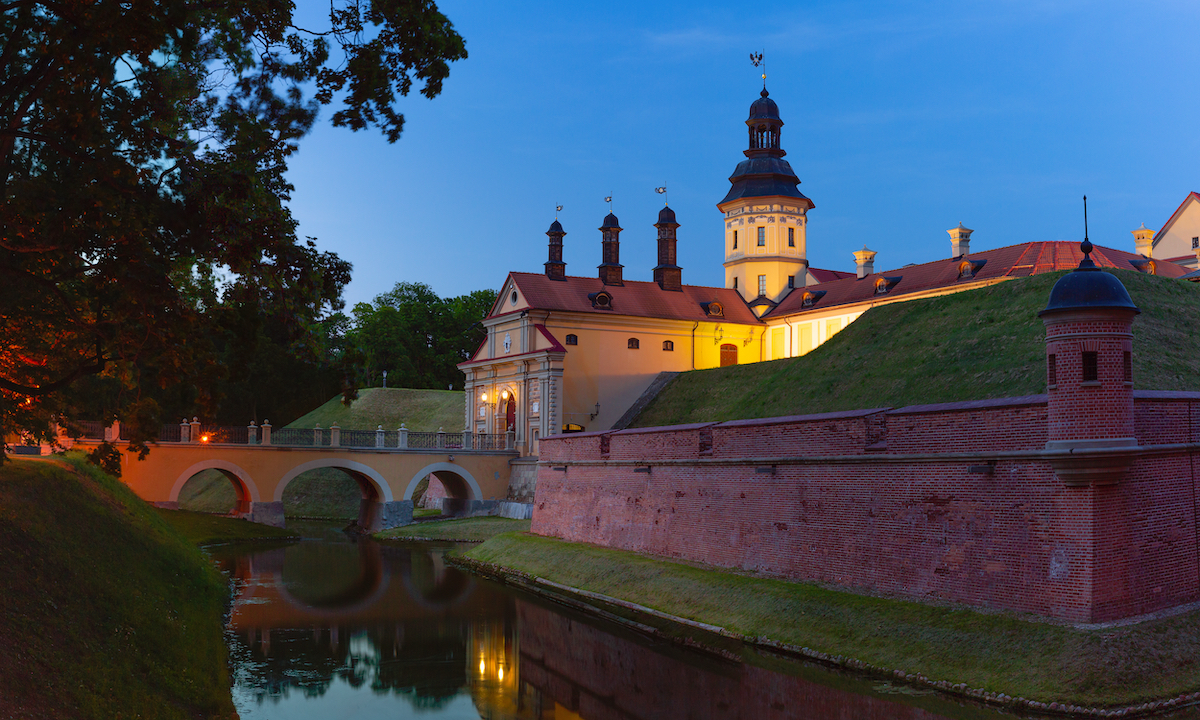
The castle became an example of Renaissance architecture, combining elements of Gothic, Baroque, and Classicism. It was an impregnable quadrangular fortress, surrounded by a rampart with bastions and a deep moat filled with water. Inside, there was the princely residence, barracks, a bakery, a workshop, food warehouses, and a prison. At that time, Nesvizh Castle was one of the best fortifications in the state.
For centuries, the castle served as the residence for the Radziwills, a powerful aristocratic family from the Grand Duchy of Lithuania. The castle remained in the family's possession until the onset of World War II. The castle was not just a noble dwelling, but also the center of cultural and political life in Nesvizh. Inside, the complex boasted luxurious halls, palace rooms, a chapel, gardens, and parks. Here, important meetings were held, significant events celebrated, balls, and receptions arranged.
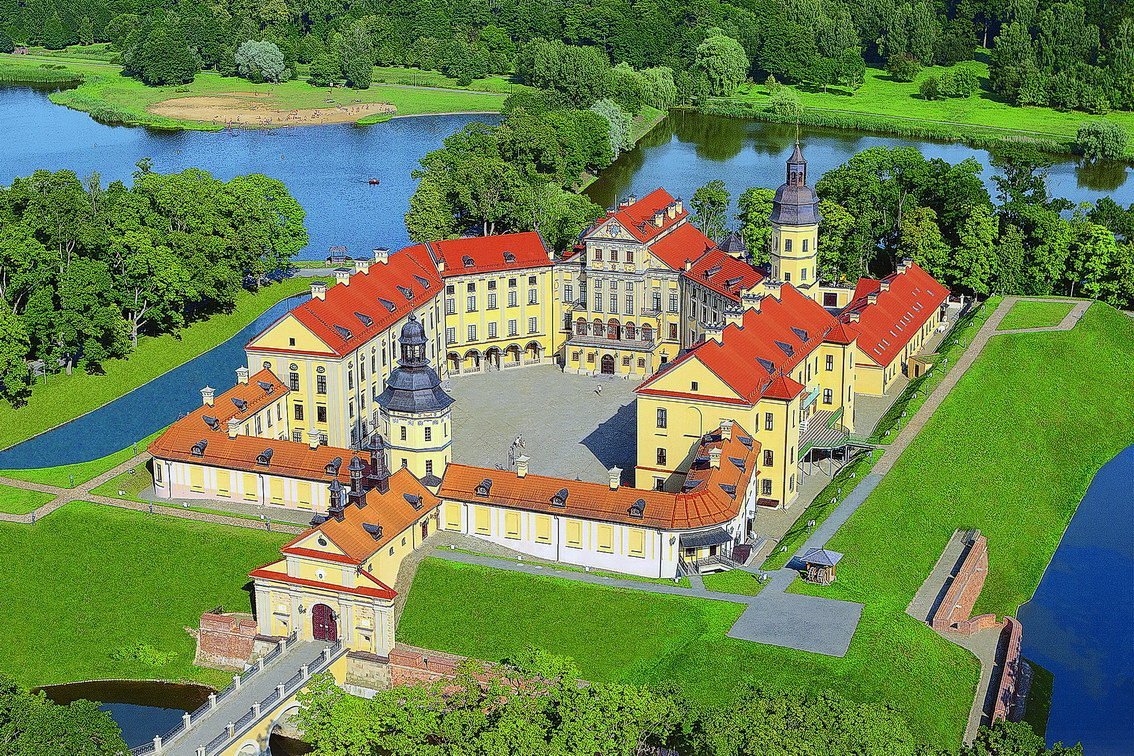
Throughout its existence, the castle has withstood a long siege by Moscow troops, looting by the Swedes, an attack by the Russian army, devastation, and occupation by German forces. During the Soviet era, a sanatorium operated on the castle grounds. The palace complex underwent numerous reconstructions and as a result, its architecture showcases elements of Baroque, Rococo, Neo-Gothic, Classicism, and Modernism.
By the end of the 20th century, most of the premises were in a state of disrepair, which led to the decision to undertake extensive restoration.
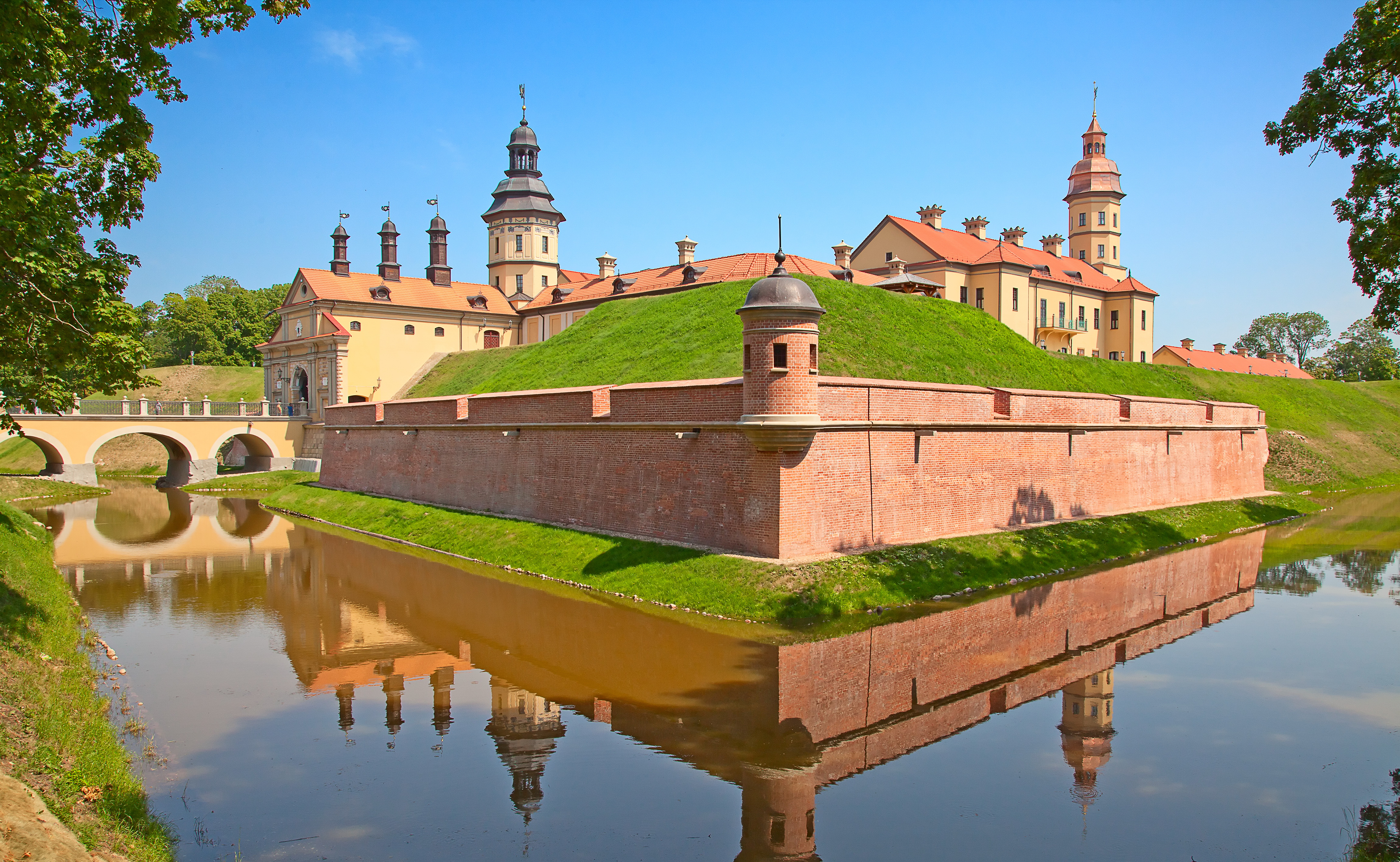
Restoration Work
In the early 2000s, large-scale restoration of the castle began, aimed at restoring its former beauty and historical authenticity. The country's best architects, art historians, and historians worked on preserving unique architectural details and decorative elements. Specialists conducted extensive research, studied historical documents to recreate the original appearance of the castle and its interiors. During the work, frescoes, carved wooden elements, ornaments, and ceilings were restored. Antique furniture, interior items, curtains, fabrics, paintings, sculptures, and other art objects were recreated.
Experts restored the engineering communications of the palace complex, including electrical wiring, heating, and ventilation systems. Today, Nesvizh Castle is recognized as one of the most famous and beautiful palace and park ensembles in Belarus, welcoming both domestic tourists and international guests every day.
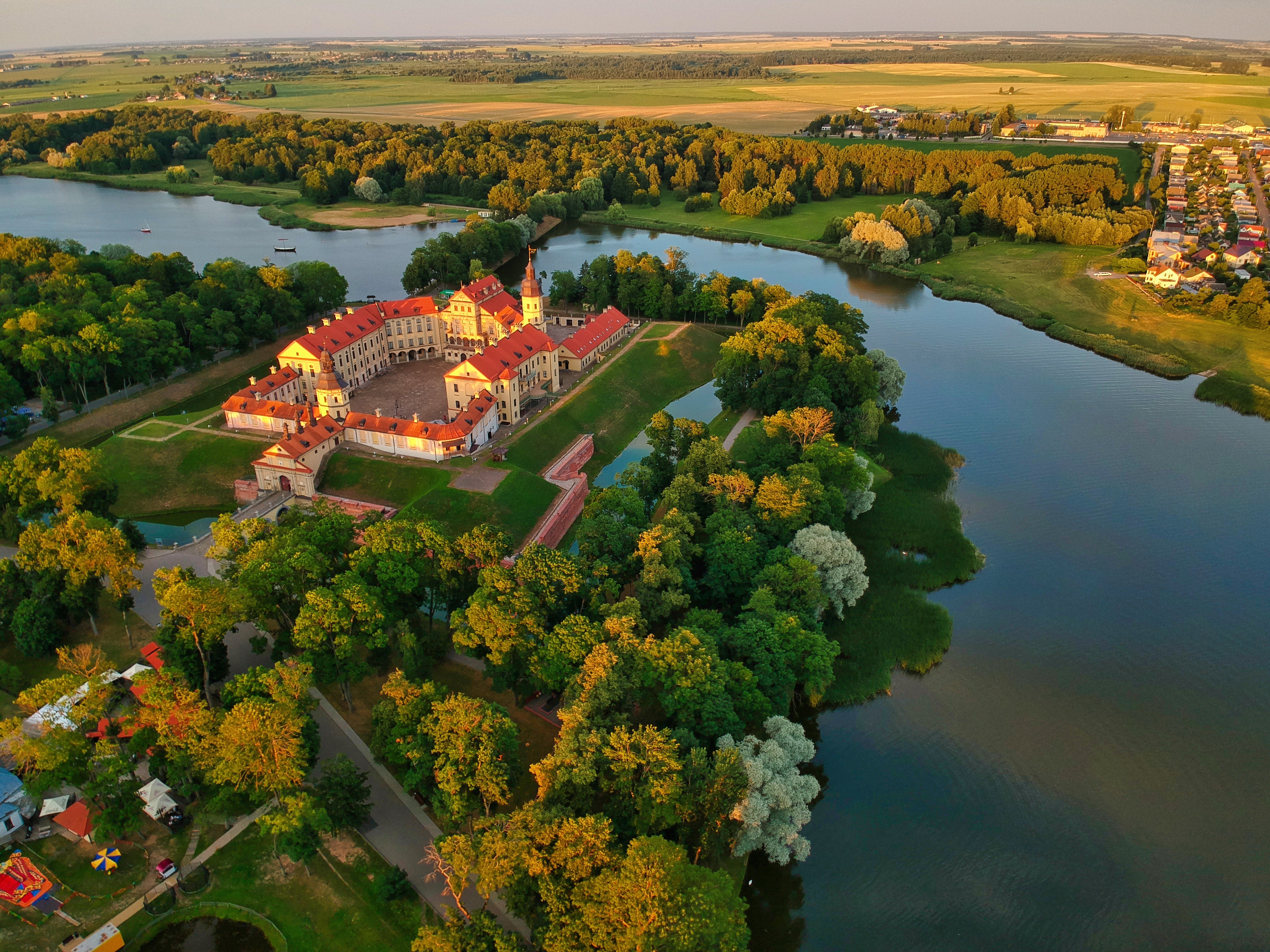
What to see in Nesvizh Castle?
- Castle Park. It consists of five parts, each maintained in a unique style. Visitors will be pleased with well-groomed alleys, decorative lakes, picturesque landscapes, ancient fountains, and garden sculptures.
- Theatrical performances and musical programs. The castle hosts performances that recreate the atmosphere of the time when the aristocratic Radziwill family was at its peak of prosperity and influence. The palace complex also hosts historical, musical, and theatrical festivals. Concerts of ancient and classical music are held here, as well as evenings of the Grand Theater. To keep up with these important cultural events, stay updated with the city's event schedule.
- Quests - an exciting entertainment during which you will descend into gloomy dungeons, visit locations closed for mass visits, unravel historical mysteries, and solve the mystical secrets of the Radziwill family.
- Guided tours. Inside the palace and castle complex, there are museum exhibits featuring collections of paintings, interior items, weapons, and other artifacts reflecting the spirit of that time. Tours offer the opportunity to:
- See the portraits of the Radziwill family, books, engravings, antique furniture, frescoes depicting historical events and mythological characters;
- Get acquainted with the architectural objects of the complex;
- Hear details of the famous legend of the Nesvizh Castle about the Black Lady, whose ghost still roams the corridors of the building;
- Learn about the life of the aristocratic dynasty, which had a significant impact on Belarus.
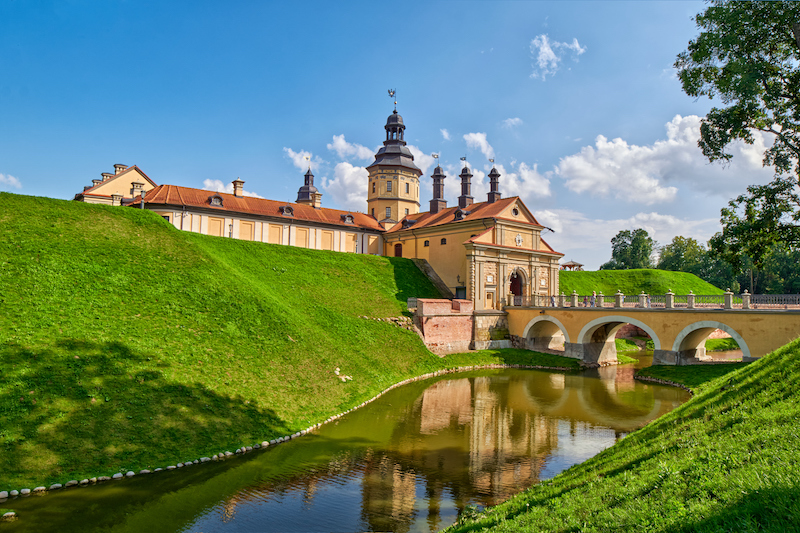
The easiest way to get to the castle from Minsk is to take a bus or a minibus from the "Central" bus station. You can comfortably get here on a chartered transport as part of a tour program. A less convenient option is a suburban train to the "Horodeya" station, then a bus to Nesvizh.
The Nesvizh Palace Complex is a place where everyone will find something interesting. You can come here with children, a group of friends, bring foreign guests to get acquainted with Belarusian history and culture. A visit to Nesvizh will transport you back in time, allowing you to see the castle as it appeared in its prime.
